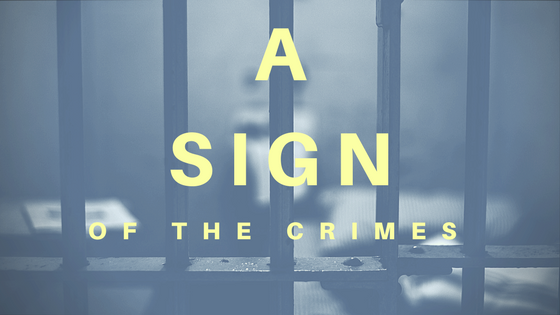 Subtitled “A Harlam Mystery”, The Conjure-Man Dies was first published in 1932, just two years before its author’s early death. It is the first example of a detective novel with an African American author, and explores in a unique way the black American experience in the early 1930s. The detective is Perry Dart, one of the ten black police detectives in Harlam, who is called to investigate the murder of a conjure-man (fortune teller and witch doctor), N’Gana Frimbo, who appears at one point to have brought himself back from the dead. In his investigation, he is assisted by the capable Dr John Archer and constantly has to deal with two over-enthusiastic young men, Bubber Brown and Jinx Jenkins who provide a great deal of comic relief.
Subtitled “A Harlam Mystery”, The Conjure-Man Dies was first published in 1932, just two years before its author’s early death. It is the first example of a detective novel with an African American author, and explores in a unique way the black American experience in the early 1930s. The detective is Perry Dart, one of the ten black police detectives in Harlam, who is called to investigate the murder of a conjure-man (fortune teller and witch doctor), N’Gana Frimbo, who appears at one point to have brought himself back from the dead. In his investigation, he is assisted by the capable Dr John Archer and constantly has to deal with two over-enthusiastic young men, Bubber Brown and Jinx Jenkins who provide a great deal of comic relief.
It’s a complex and character-driven mystery with plenty of surreal-but-illuminating moments, which tell audiences about traditions they may not be familiar with in the format of a popular puzzle entertainment. The crime itself is sufficiently theatrical to delight the most seasoned mystery reader. And, perhaps uniquely in golden age crime novels, all the characters are black.
Fisher once said in an interview that Harlem “itself is mystery – outsiders know nothing of Harlem life as it really is … what goes on behind the scenes and beneath the dark skins of Harlem folk – fiction has not found much of that yet. And much of it is perfectly in tune with the best of the mystery tradition – variety, color, mysticism, superstition, malice and violence.” This understanding, and the wish to communicate, are why The Conjure-Man Dies worked at the time as both a novel and a popular entertainment and why it still works on both counts.
This was not the author’s first novel – that was The Walls of Jericho (1928) – but it was his first, and sadly last, murder mystery. He also wrote a short story featuring Dart and Archer, “John Archer’s Nose”, which is included in the edition I have. This 2017 reprint is part of the Collins Detective Club vintage-style hardback series, and is a treat – although the book has never been published by Collins before.
The edition also reprints a 1971 introduction by Stanley Ellin which is, if anything, more of its time than the actual novel. Ellin acknowledges the writers who inspired Fisher’s foray into detective fiction – notably SS Van Dine and Dashiell Hammett – and concludes that while Van Dine may have influenced plotting decisions, the majority of influence goes to Hammett, something demonstrated by the fine and nuanced characterisation. I’d suggest that Van Dine and the Golden Age are much bigger influences here, as both the plot and the light-but-thorough approach to character, the clever balance of comedy and pathos, are hallmarks of both a broad education in the puzzle form and Rudolph Fisher’s own skill.

